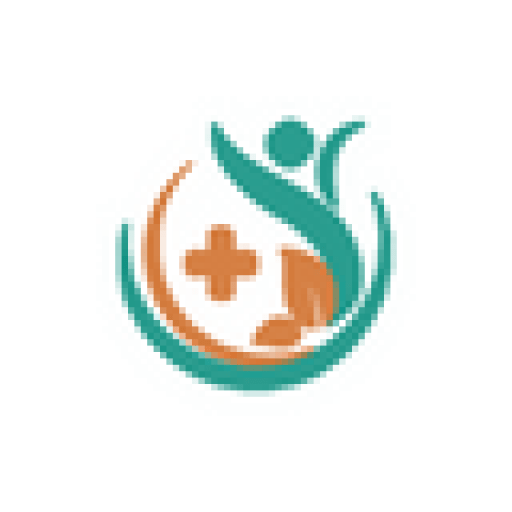Mastering Drug Safety: An In-Depth Guide to Pharmacovigilance Reporting
Mastering Drug Safety: A Handy Guide to Pharmacovigilance Reporting
Introduction
In the big world of healthcare, making sure drugs are safe is really important. Pharmacovigilance is the careful science of watching and understanding how drugs affect people, especially if there are bad effects. This guide is made for healthcare workers who want to learn more about drug safety. It gives helpful insights into monitoring and reporting those effects. As drug safety becomes more crucial today, knowing about pharmacovigilance isn’t just a good idea, it’s necessary. This guide helps you understand more about this topic, offering practical information and tools to use.
Understanding Pharmacovigilance
Pharmacovigilance is about finding, checking, and understanding the bad effects or any problems related to drugs. Over the years, it has changed a lot, keeping up with new medicines and rules. It started after a terrible event with a drug called thalidomide in the 1960s, showing that strong drug safety rules are needed. Important people involved in pharmacovigilance include those making the rules, drug companies, doctors, and patients. Each one plays a big part in keeping drug safety systems strong.
The Pharmacovigilance Process
Pharmacovigilance includes important activities to protect public health:
1. Collecting reports about bad effects
2. Finding warning signs
3. Looking at risks and managing them
4. Sharing information and teaching people
The journey of a drug in pharmacovigilance starts with trials before it’s approved and goes on through its time on the market. Modern pharmacovigilance uses a lot of technology, like smart tools and software to help with data collection, checking, and reporting, making the process faster and more accurate.
Regulatory Framework
A few important world organizations make sure global pharmacovigilance rules are followed:
1. World Health Organization (WHO)
2. International Council for Harmonisation (ICH)
3. European Medicines Agency (EMA)
4. U.S. Food and Drug Administration (FDA)
These organizations create important guidelines that drug companies must follow to keep drugs safe. Companies need to keep detailed records, report any bad effects quickly, and always check and manage risks.
Reporting Adverse Drug Reactions (ADRs)
Adverse Drug Reactions (ADRs) are unwanted or harmful reactions that happen after taking a drug. Examples include allergies, upset stomach, and drug interactions. There are different kinds of ADR reports like spontaneous reports and Periodic Safety Update Reports (PSURs). Tools and platforms to report ADRs are very important for making sure the reporting process goes smoothly. The most used ones are:
1. MedDRA (Medical Dictionary for Regulatory Activities)
2. EudraVigilance
3. FDA Adverse Event Reporting System (FAERS)
Challenges in Pharmacovigilance Reporting
Even though it’s important, there are some problems with pharmacovigilance reporting:
1. Not all bad effects get reported, and the data isn’t always perfect.
2. It can be hard to find and understand warning signs quickly.
3. Sharing data between countries can be tough because of different rules and privacy laws.
Best Practices for Effective Reporting
To tackle these problems, some best practices can improve reporting:
1. Make it easier for doctors to report ADRs and train them on how to do it.
2. Teach patients how to report bad effects and encourage them to share their experiences.
3. Use digital tools to make collecting, checking, and sharing data better.
Case Studies and Real-World Examples
The history of pharmacovigilance is filled with important cases that changed the field:
1. The thalidomide case in the 1960s showed how crucial strong drug safety rules are, leading to better regulations.
2. Monitoring after marketing, like spotting rare bad effects in certain groups of people, shows the importance of ongoing checks.
New trends, like using AI for risk prediction, are making pharmacovigilance more proactive.
Future Directions in Pharmacovigilance
The future of pharmacovigilance is exciting with great advancements:
1. Big data and AI are changing the field by giving deeper insights and predicting problems.
2. Personalized medicine, making drug treatments based on individual’s genes, brings new chances and challenges for safety.
3. Efforts to make drug safety rules the same worldwide help with better collaboration and data sharing.
Conclusion
In short, pharmacovigilance is a key part of healthcare today, making sure drugs are safe and effective. The field keeps changing, needing constant attention and adaptation to new challenges and technologies. As we move forward, the commitment to protecting public health through effective pharmacovigilance remains strong.
Additional Resources
For those who want to learn more about pharmacovigilance:
1. Recommended books and readings
2. Online courses and webinars
3. Professional groups and forums for networking and learning
By learning and using the information in this guide, you can help greatly in the field of pharmacovigilance, improving drug safety and patient outcomes.






